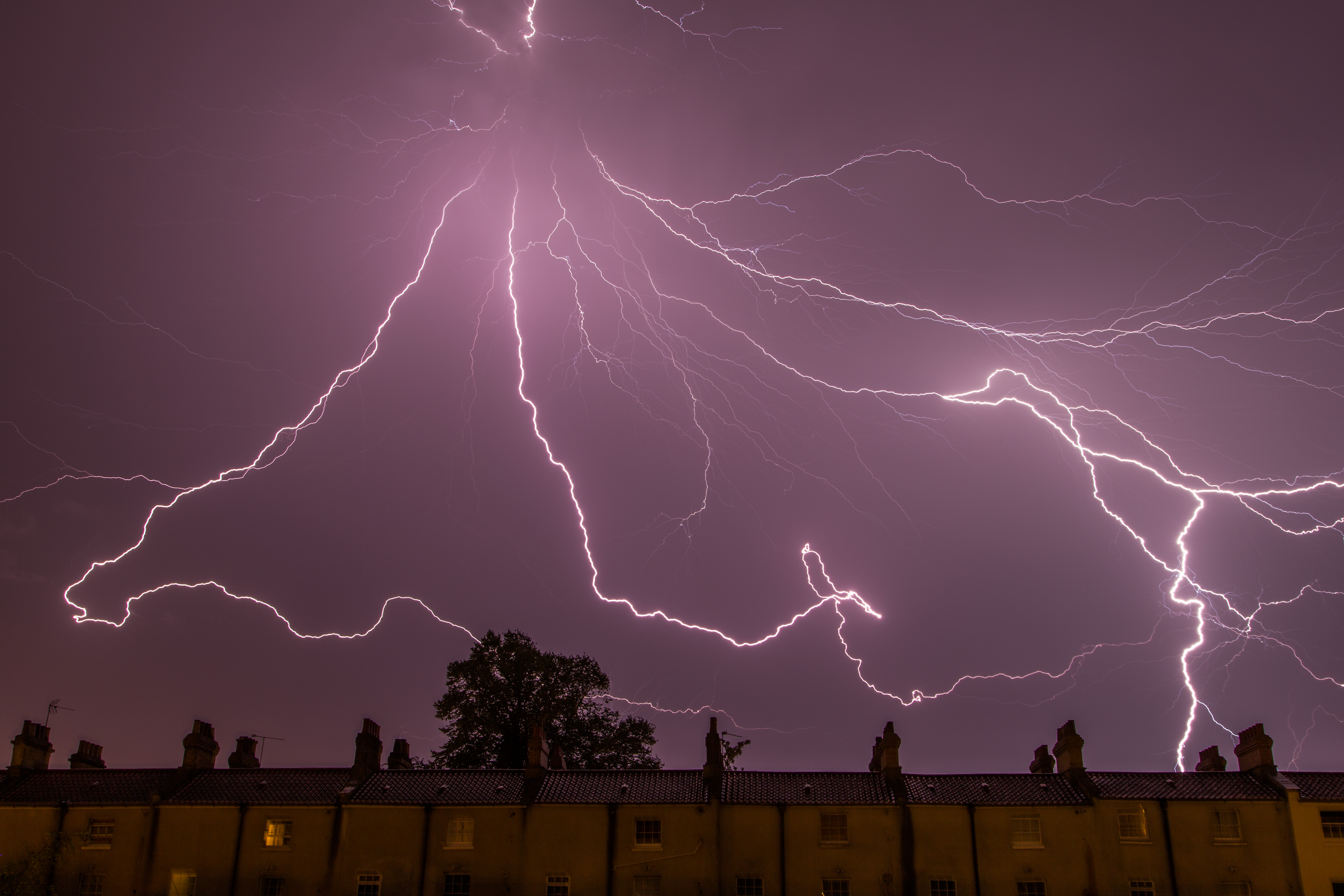With all the recent talk about data and privacy intrusion, I thought it might be worthwhile to consider areas that are not related to personal information but where big data can yield big results. CIO recently ran an in-depth study on weather predictability models that utilize big data processing.[1] The ability to collect and analyze massive amounts of data about various locations is helping dramatically improve weather predictability.
IWith the processing power of supercomputers and the massive collection of climate data, many companies have begun using specialized weather prediction and weather trending services that utilize big data tracking to make targeted business decisions including the following:
- Emergency Planning & Preparation
- Product Merchandising and Placement
- Connections Between Weather Patterns and Local Consumer Behaviors
- Inventory Planning and Logistics
- Improving Customer Satisfaction
The recent CIO article featured some of the weather-based strategies utilized by companies like Sears, DHL, and Merck. As a part of its IT business strategy, Sears has a weather command center that was established in 2010. Running seven computer monitors, Sears tracks a range of weather data feeds, translating the information to a large color-coded map. Various departments within the company utilize this map as a part of operation planning. These departments include risk management, facilities, corporate communications, inventory management, logistics, transportation and IT.
Staff from these departments track trends and respond with real time planning for various operational issue including safety, transporting product and even merchandising. During this last February, the team realized the coming threat of the Nemo storm, they prepped stores closest to the anticipated impact with winter storm equipment like snow blowers and generators.
“When something like this happens, everybody needs trucks and vendors,” says Raj Penkar, president of supply chain at Sears Holdings. “Not to be negative, but we all try to help customers and at the same time, we’re all trying to run a business.” In addition to pre-stocking the stores with supplies, Sears issued press releases about availability of supplies in storm areas and set in motion a weather alert wiki that on-the-scene staff could update with pertinent details.
In July 2012, Merck, the manufacturer of Claritin, realized that early spring 2013 would be particularly cold. Using a specialized weather reporting service, they began planning with Wal-mart to boost promotions and allergy supplies at peak times in late spring based on anticipated weather trends in specific locations. By utilizing big data to track long term weather pattern, they made targeted decisions about the sales and marketing of specific lines. “The upside is potentially millions of dollars in additional sales,” says Debbie Sonnentag, Merck Consumer Care’s director of category development for Wal-Mart.
Using big data to track weather patterns for both business and personal has the potential for major impact. As big data analytics continues to be refined, distributed and more effectively extracted, weather companies are seeking to refine weather-predicting applications that could work with household appliances, vehicles and more.
[1] Kim Nash. “How to Profit From the Ultimate Big Data Source: The Weather.” May 24, 2013 <http://www.cio.com/article/733473/How_to_Profit_From_the_Ultimate_Big_Data_Source_The_Weather>





